Brick Paver Repair Near Me, Brick Paver Repair Houston paver pool deck repair, travertine paver cleaning and sanding, paver driveway replacement, expansion joint replacement, Sugar Land, Ft Bend, Bellaire, The Woodlands, Spring, Kingwood, Cypress, Tomball, Katy, Houston, League City, Pearland, Clear Lake City, Friendswood, Webster, TX, Baytown, Pasadena, Richmond, Rosenberg, Fulshear, brick paver Pool deck repair, brick paver driveway repair, brick paver patio repair, brick paver walkway repair Commercial and Residential
Driveway Repair Houston, Pool Deck Repair Houston, Pool Deck Repair Fulshear, Pool Deck Repair Richmond TX, Pool Deck Repair Sugar Land Pool Deck Repair Bellaire, Brick Paver Repair Houston, Pool Deck Repair Pearland, Pool Deck Repair Missouri City
Driveway Repair Houston, Pool Deck Repair Houston, Pool Deck Repair Fulshear, Pool Deck Repair Richmond TX, Pool Deck Repair Sugar Land Pool Deck Repair Bellaire, Brick Paver Repair Houston, Pool Deck Repair Pearland, Pool Deck Repair Missouri CityWhy Contractors Choose Us For Paver Repair
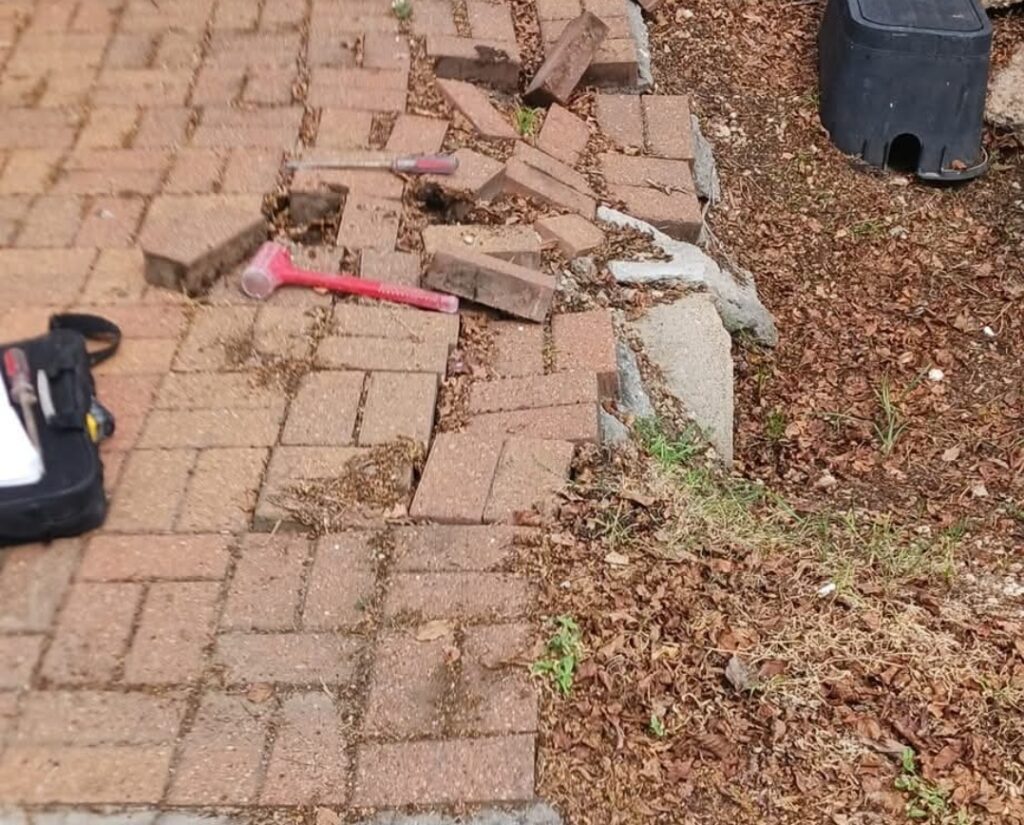
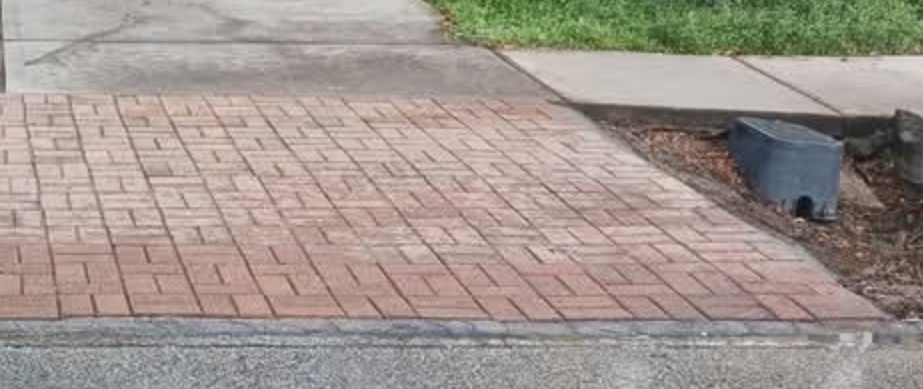
In a phrase, we are helpful.
We help by providing insight into what to expect before we are dispatched to service our Professional Network of Facility Superintendents, Foundation Repair, Landscapers, Plumbers and Swimming Pool Companies.
Please add us as a vendor for Paver Repair
The Basics
When preparing for our Interlocking Pavement Systems (IPS) repair services, there are several factors to consider when expecting favorable results. For example, soil conditions’ impact on any structure typically are overlooked when it comes to IPS. When Facility Superintendents, Foundation Repair Specialists, Landscapers, Plumbers, Pool Builders excavate existing soils to either install or repair water lines, and other utilities, the typical idea is to faithfully reuse excavated soils. The problem with this idea within the Texas Gulf Coast Region is that our soils are typically clayey in content. Clay soils tend to shrink (subsidence) and crack open (fissures) during drought seasons and swell (heave/raise) during wet seasons. This volatility can cause IPS, including their subbase, sand bed, topical pavers/slabs and edge restraint systems to move up, down and or laterally as the clayey subsoils direct them. It is a good thing IPS are flexible, yet, flexibility is not magical. There are limits to IPS.
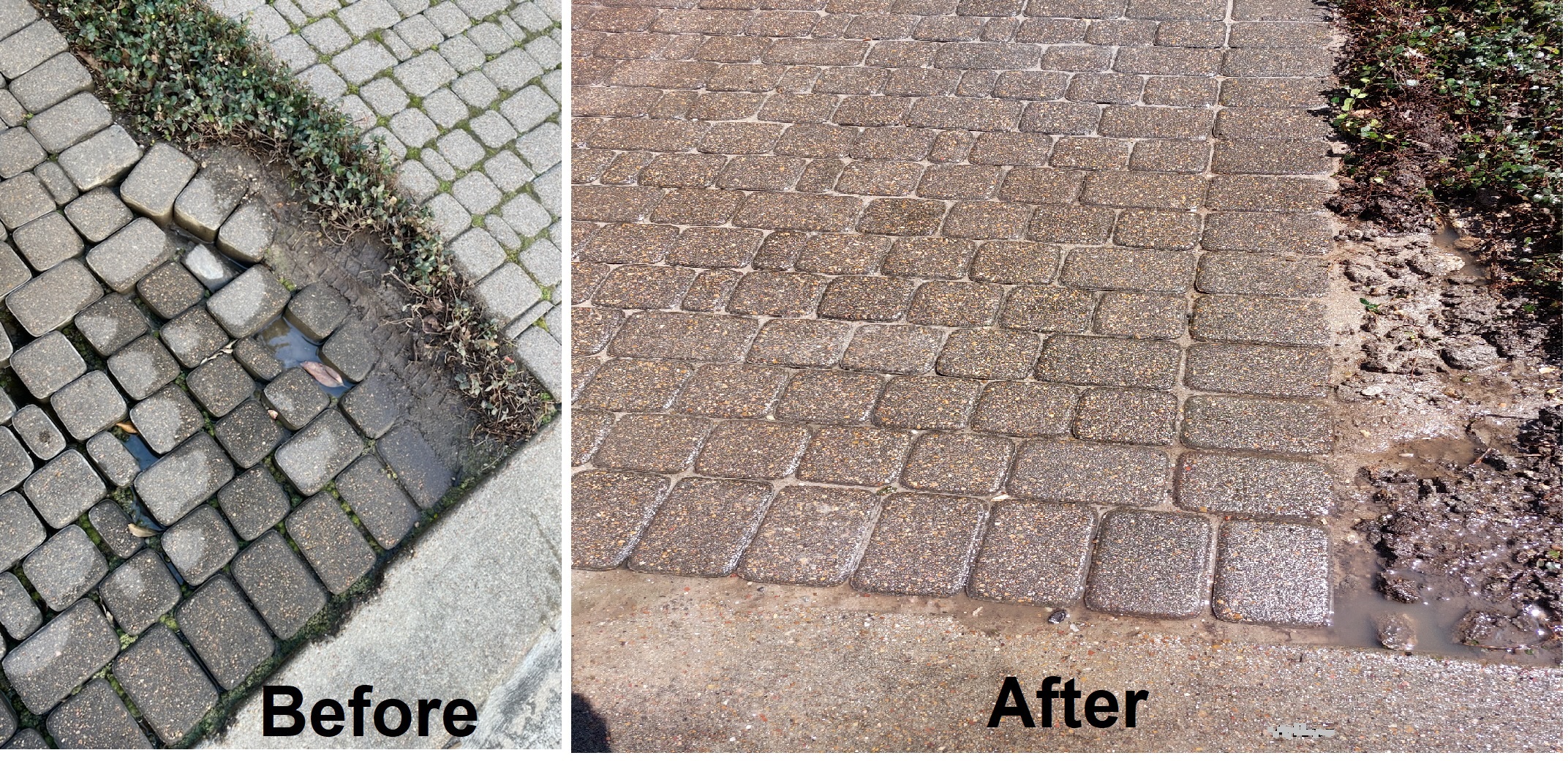
How Else We Help
We also inform our Houston, Texas Area Professional Network of solutions, including their not attempting to reuse clay soils back into excavated areas, rather, dispose of the clay. If fill is necessary until we can address the project, we suggest using bank sand or cover the area with plywood. Then we can introduce 2% portland cement to stabilize and compact bank sand as a sub-base. 2% cement stabilized sand means adding two 94 pound bags of portland cement to each one yard of sand. This base material is a lean mix, not a rich mix and not designed to be a rigid slab. This 2% cement stabilized sand is used only as subbase preparation, not as bedding sand. The reason why 2% cement stabilized sand is not used for bedding sand is because if cement treated sand is used as bedding sand directly under pavers, it will eventually become semi-rigid instead of having ability to distribute loads properly over a wider area of base (snowshoe effect). A rigid system sends loads straight down, through the bedding layer deforming the prepared base structure underneath and an unforgiving cement stabilized sand bed that would be directly below the pavers or slabs. Deformation of prepared base and bedding sand is a proximate cause of depressions and rutting in interlocking pavement surfaces. This action can present trip hazards and decreased aesthetics.
In-addition-to the above, we recommend our Professional Network allow us to service the system by compacting the face of our Network’s excavation, adding geo-textile fabric atop the face of excavation and turned up along walls of trench, then adding 2% cement stabilized sand in appropriate lift thickness and properly compacting each lift. This service eliminates reintroducing clay soils which our Professional Network would have originally attempted to reuse and stops fissures within clay sub-soils from transferring up through our prepared base due to the geo-textile fabric’s ability to separate clay soils from our 2% cement stabilized base. This process saves our Professional Network’s own customers from spending more money to have us re-excavate clay soils, haul away and dispose of properly as well as being assured of one step structural integrity. Double work can be costly and is best if avoided.
We as well provide our Professional Network a price list which can be utilized to have our IPS specialized paver repair services calculated into their proposals from the very start, not as an after thought, costing them revenue. We are versatile enough to either subcontract, or pay a fee for referrals.
Brick Paver Repair Houston also helps our Clients learn when IPS maintenance may be due via our Distress Surveys that provide Pavement Condition Index (PCI) ratings as well as Permeable Interlocking Concrete Pavement (PICP) Infiltration Rate Testing services that identify the inch per hour of rainfall a PICP system will absorb. These data from, either service, may be layered over time to help predict when maintenance may be scheduled.
Brick Paver Repair Houston also helps Clients when a cause for IPS failure is requested. Our Distress Diagnosis, along with written report, provides the proximate cause of distress and a written proposal and scope of work to repair the failure.
If your organization is not currently a client of Brick Paver Repair Houston, we invite you to get to know how we help save time and money when networking with us and our Interlocking Pavement Systems services. Please start by viewing our About Us page here.
Further reading:
Foundation Repair Companies
Prior to Foundation Repair companies becoming our clients, many would encounter interlocking pavement system reinstatements after their foundation repair work. Their first thought was to attempt the reinstatement themselves. We’ve learned, based upon the results of their attempts to reinstate interlocking pavement, the better option we recommend is that Foundation Repair companies first consider budgeting for our services when providing a proposal for their clients.
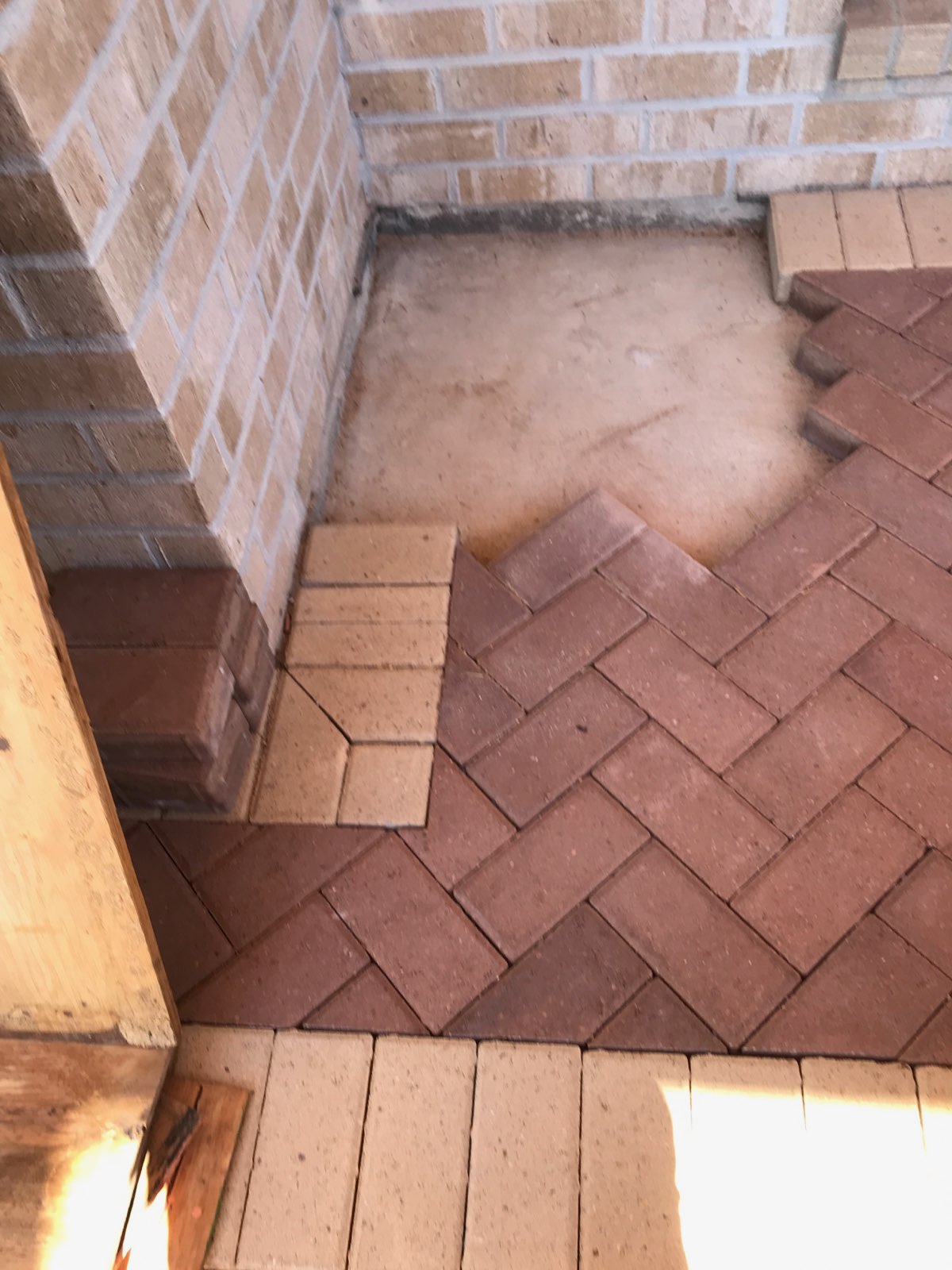
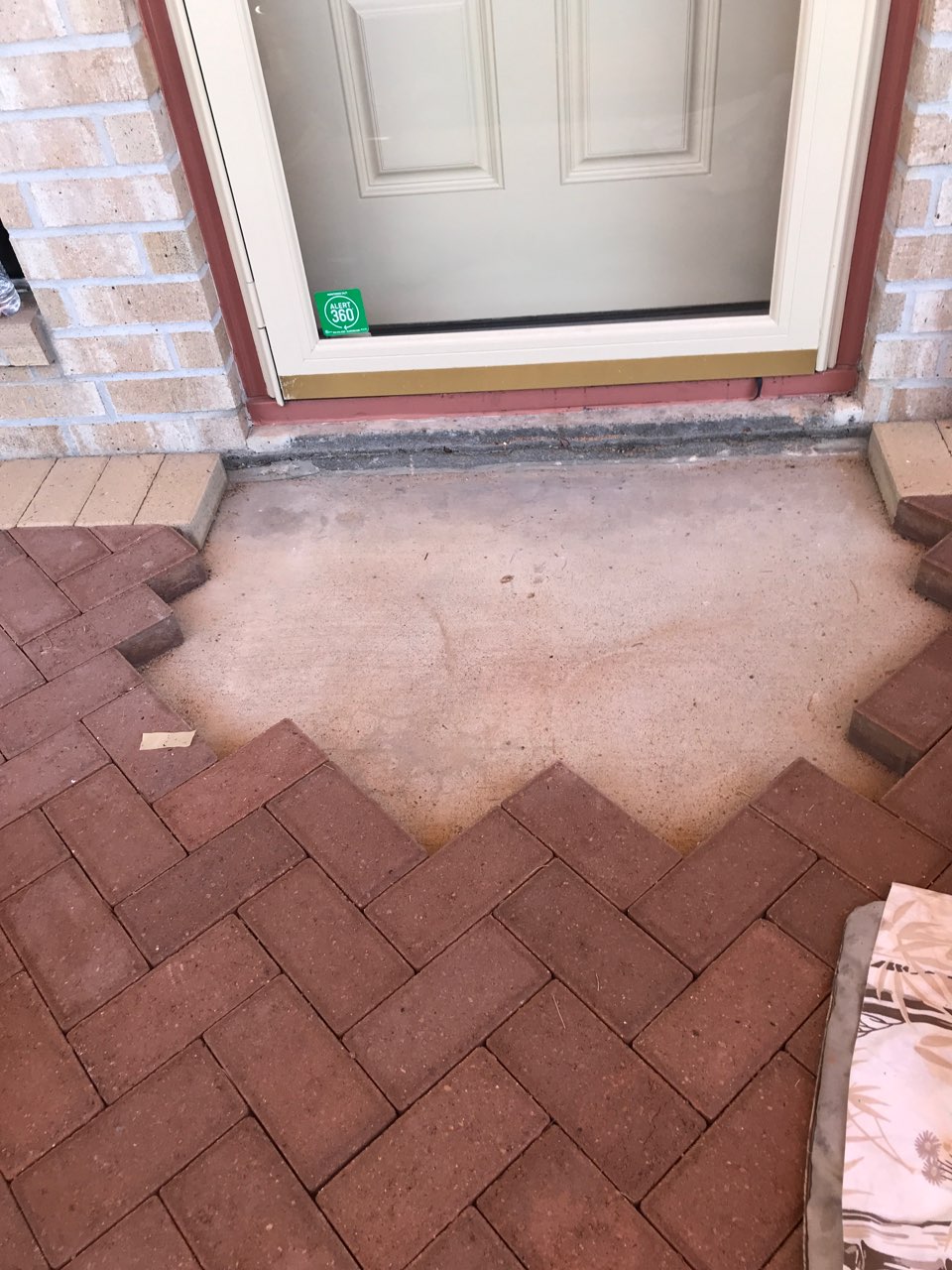
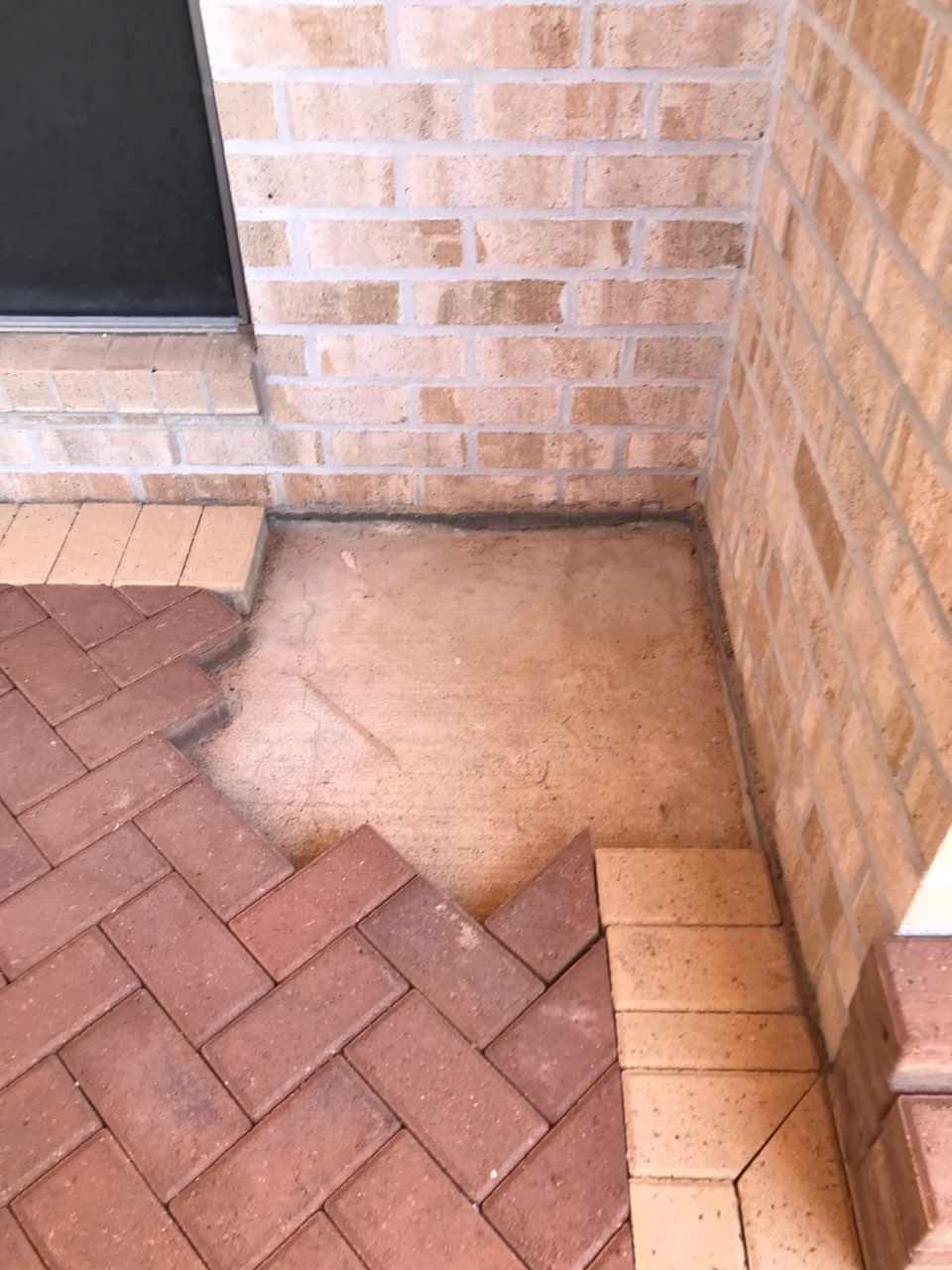
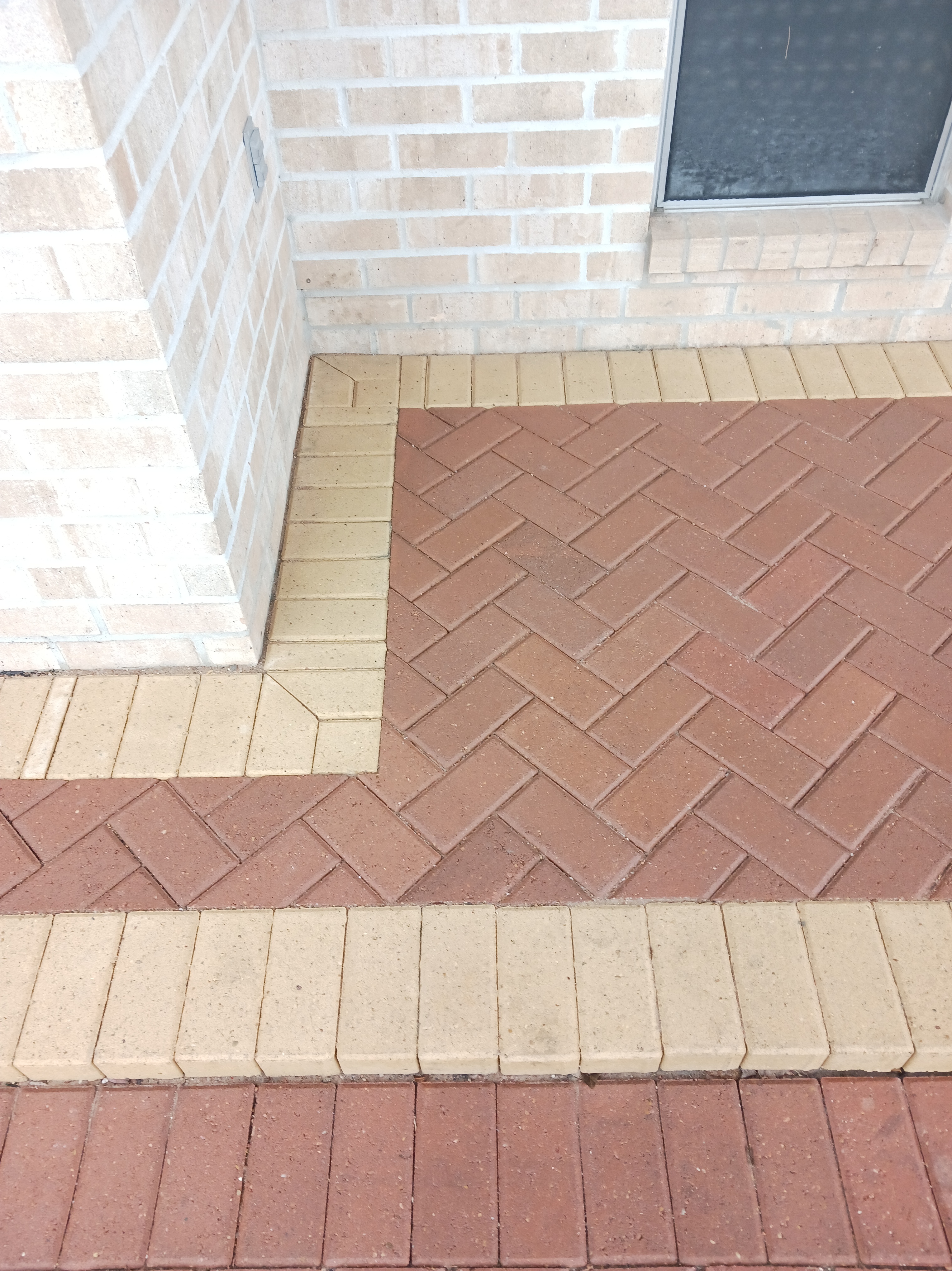
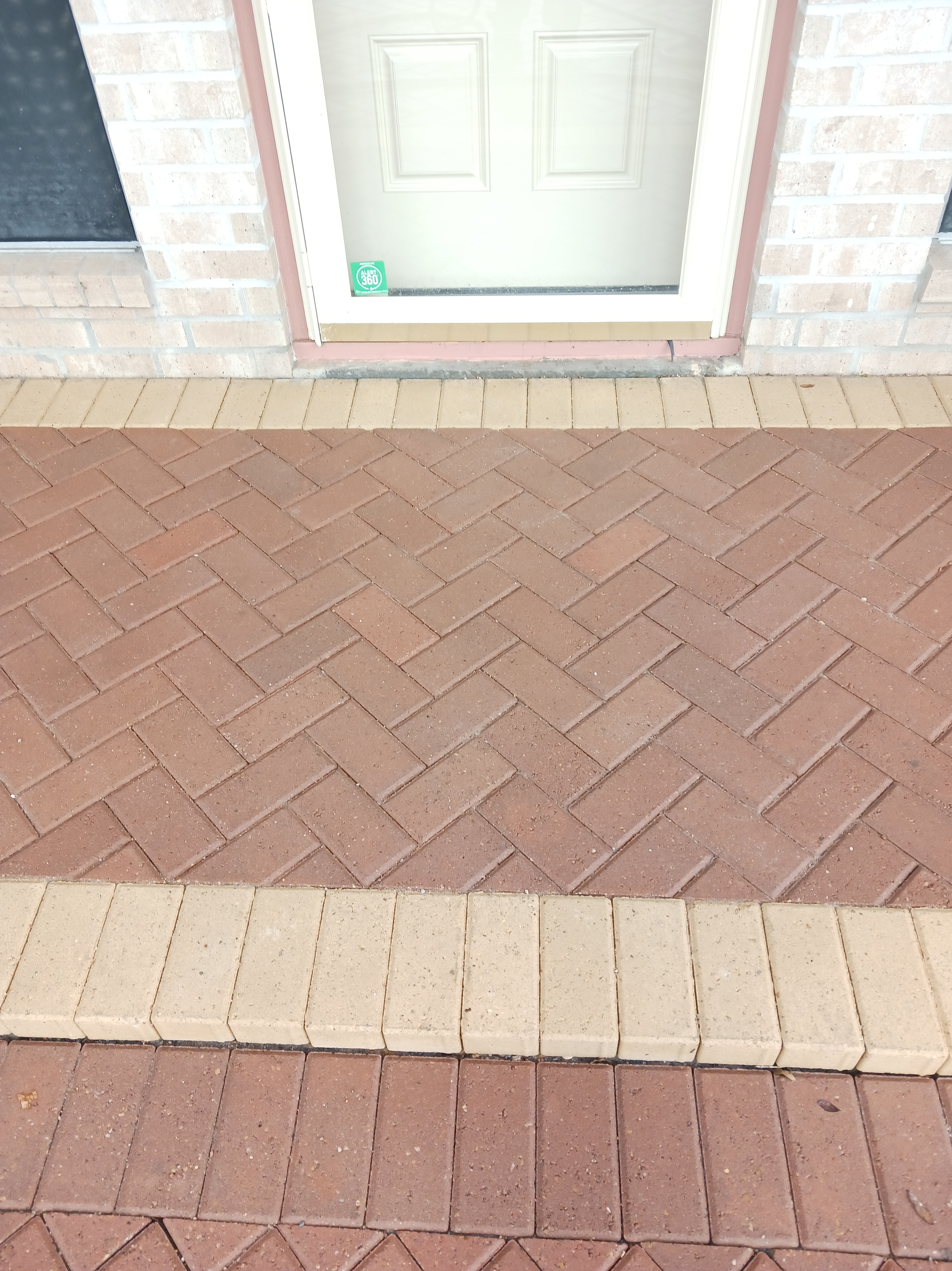
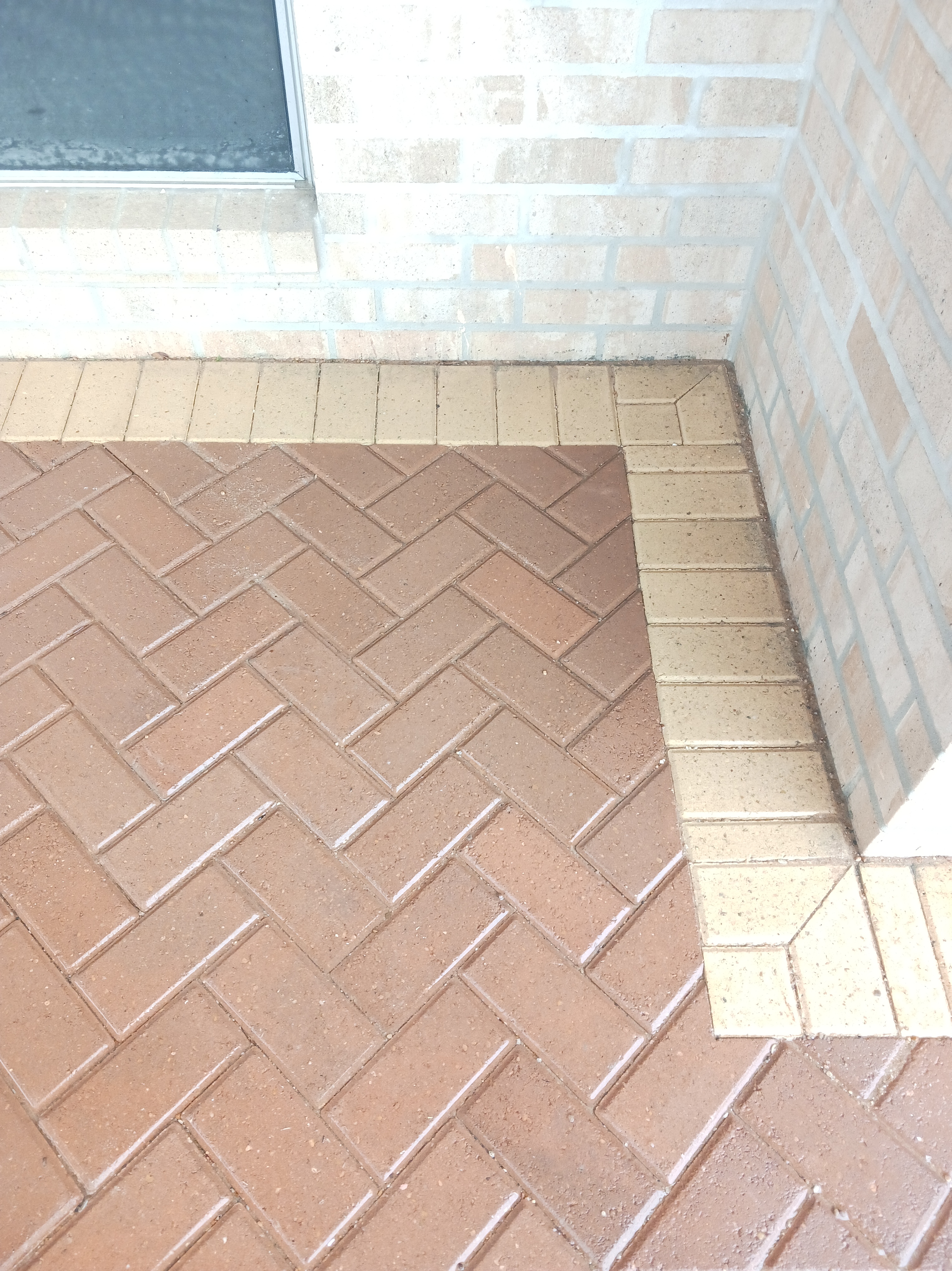
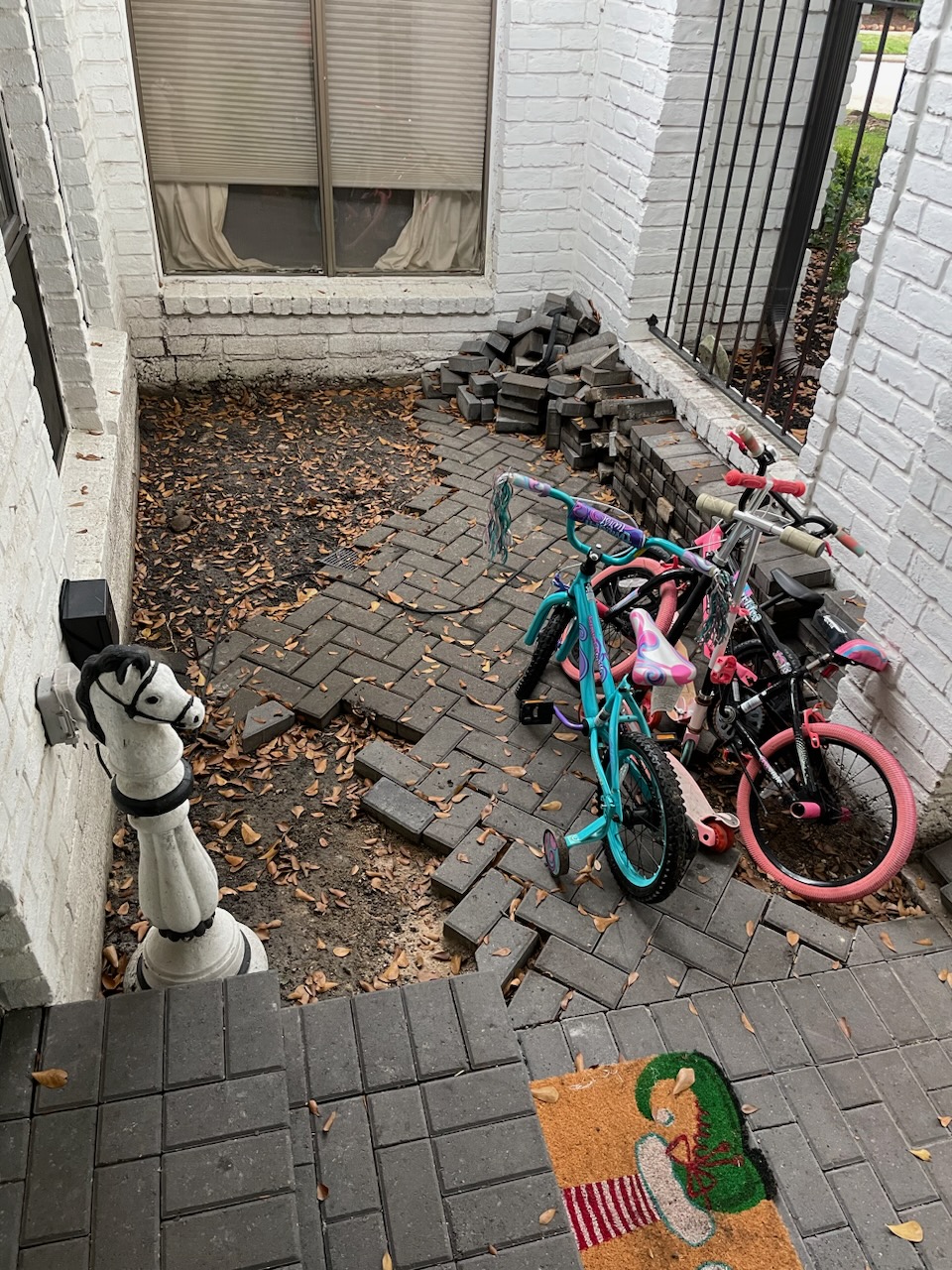
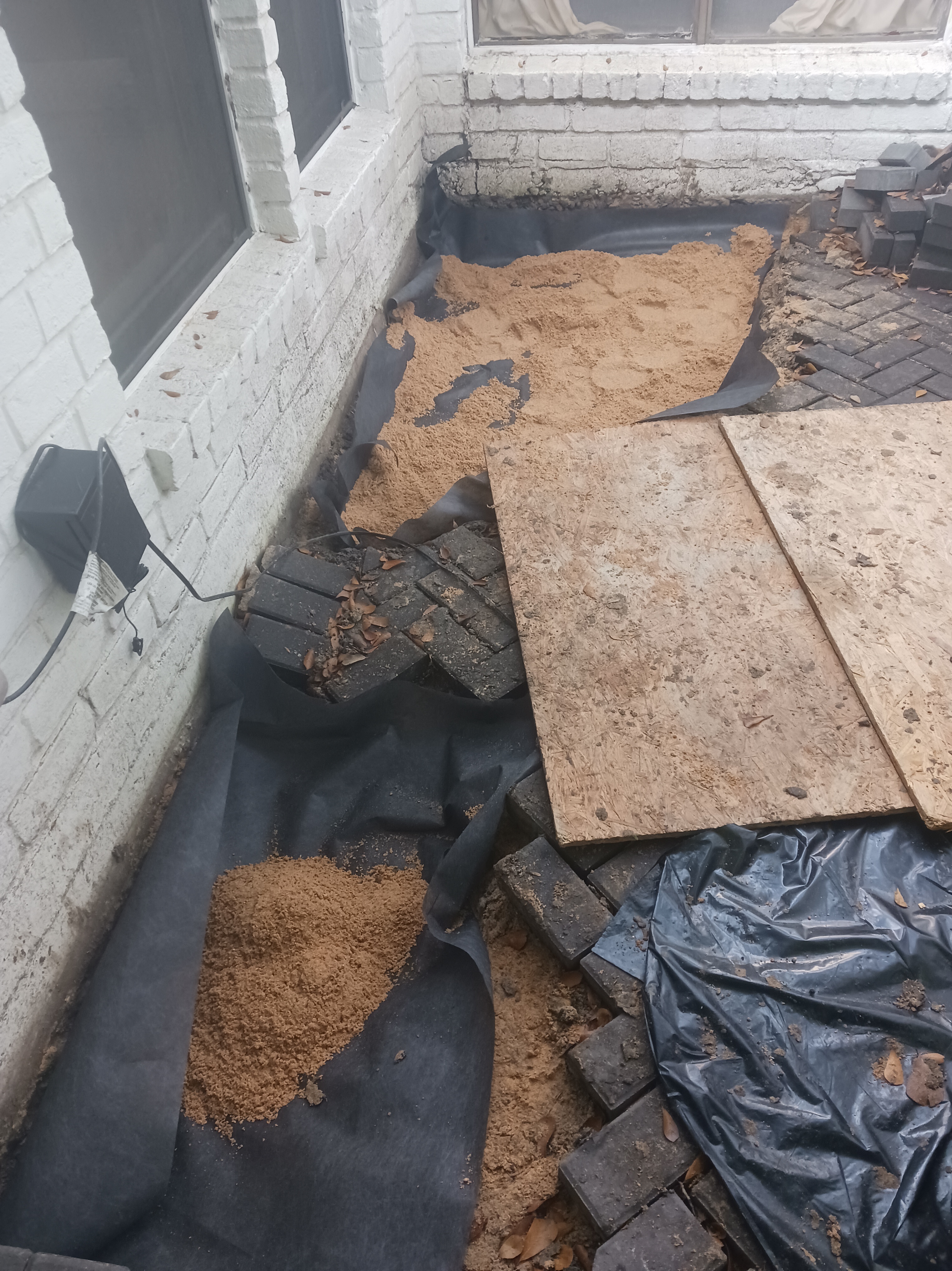
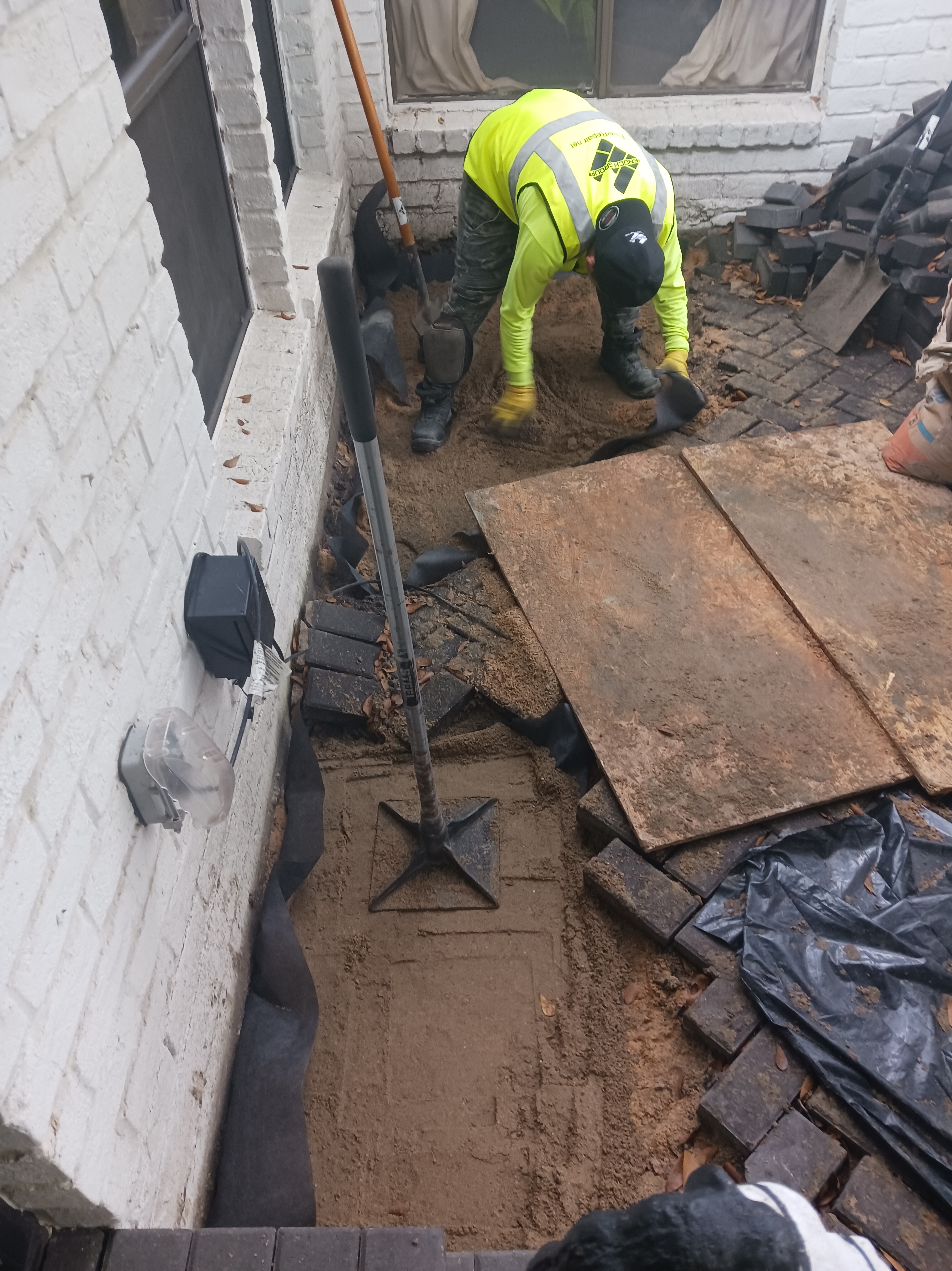
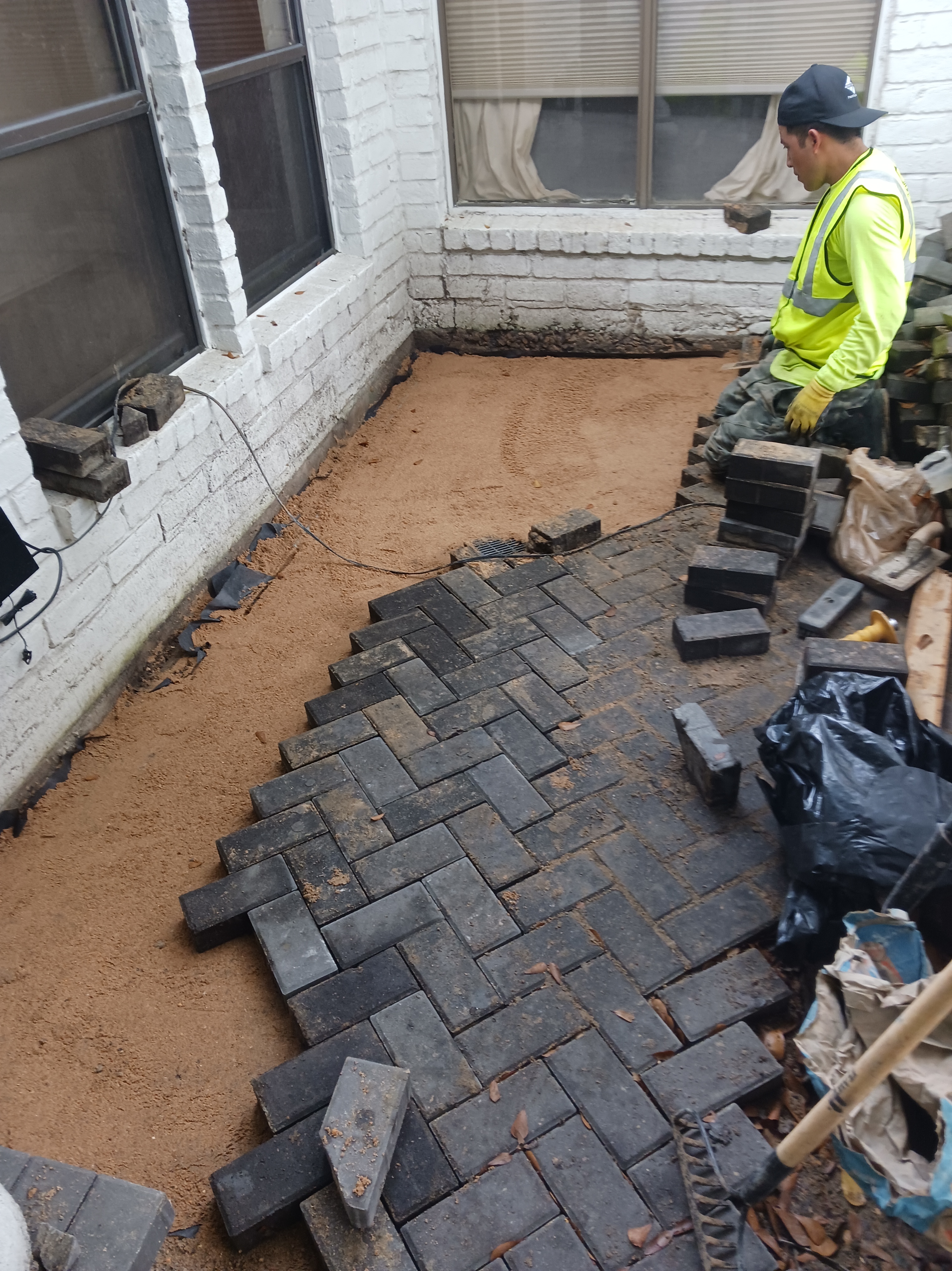
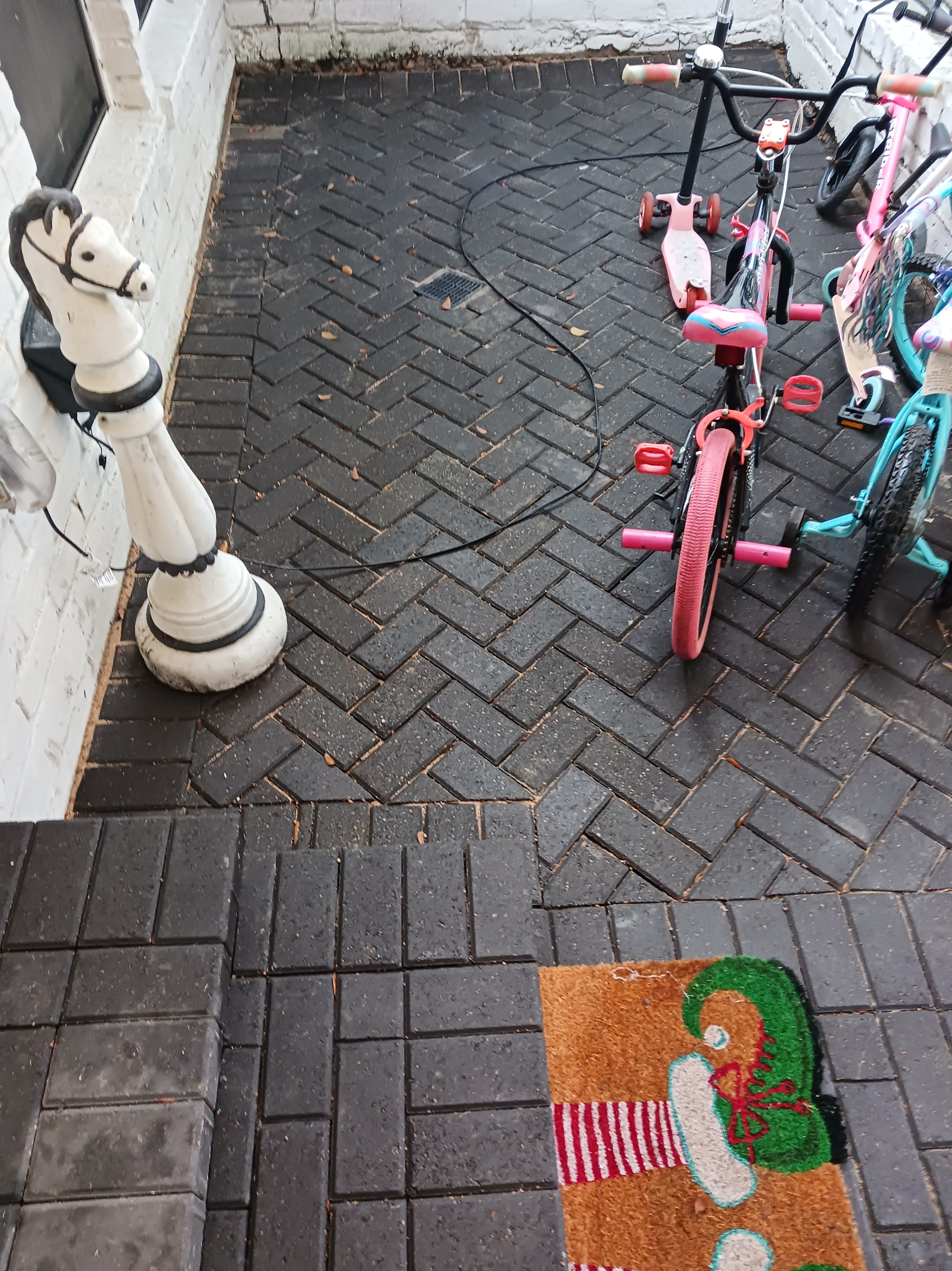
Plumbing Companies
Prior to Plumbing companies becoming our clients, many would encounter interlocking pavement system reinstatements after their plumbing work. Some attempt to handle the reinstatement themselves. Based upon the results of their attempts to reinstate interlocking pavement systems, the better option we recommend is that plumbers budget for our services when providing a proposal for their clients.
The photo below on the left shows a plumbing company’s attempt to reinstate an interlocking pavement system after addressing a plumbing issue. ENOCH GROUP Paver Repair, an Interlocking Pavement System expert, corrected the plumbing company’s reinstatement as shown in the photo to the right below.
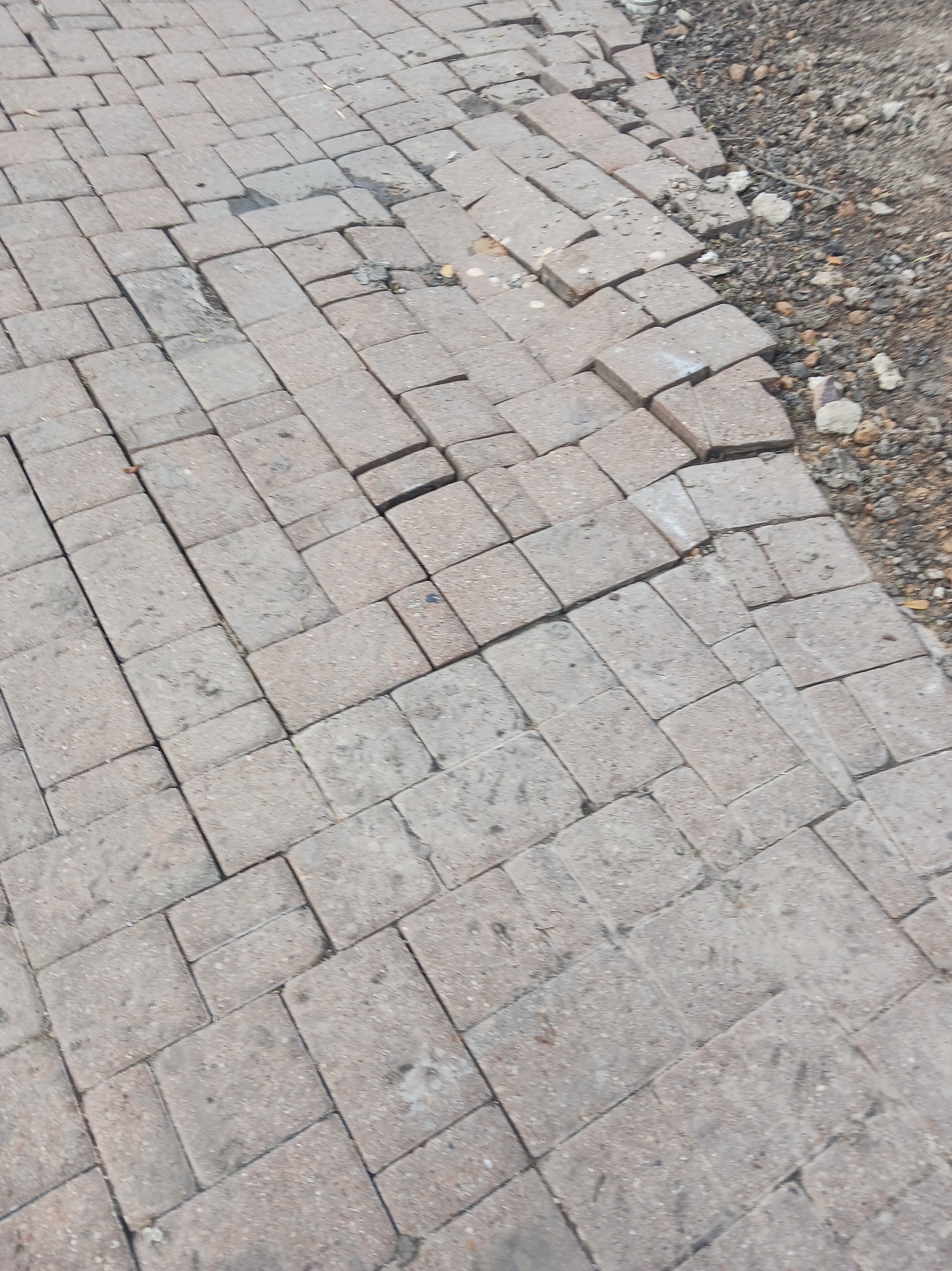
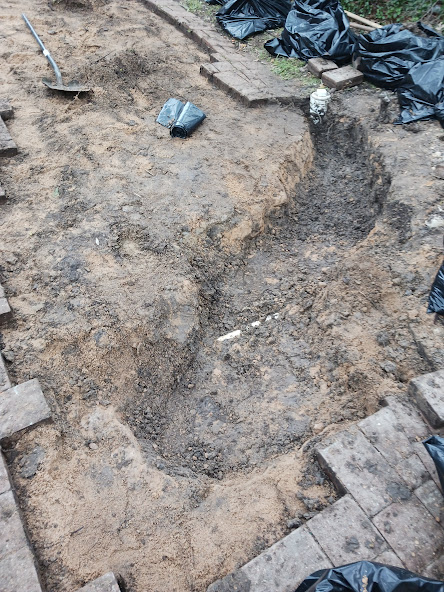
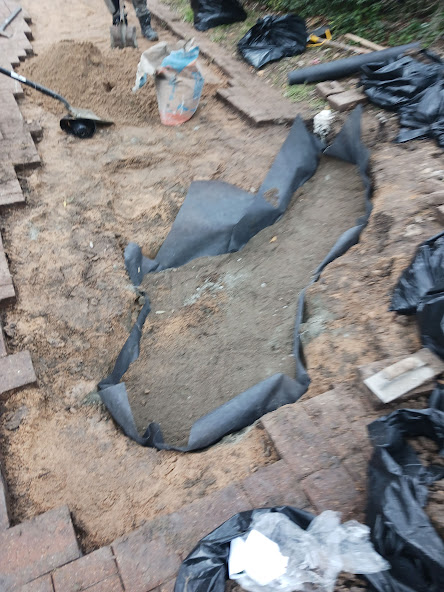
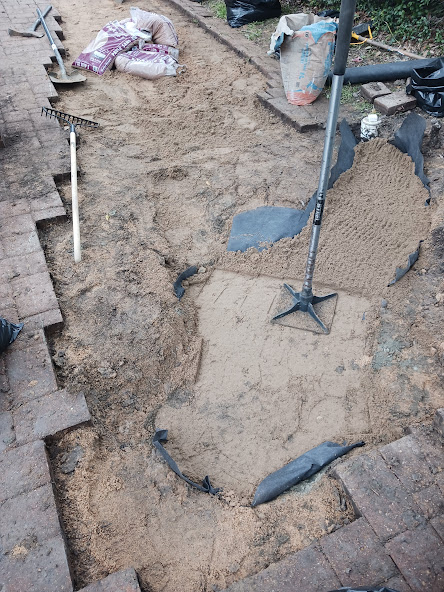
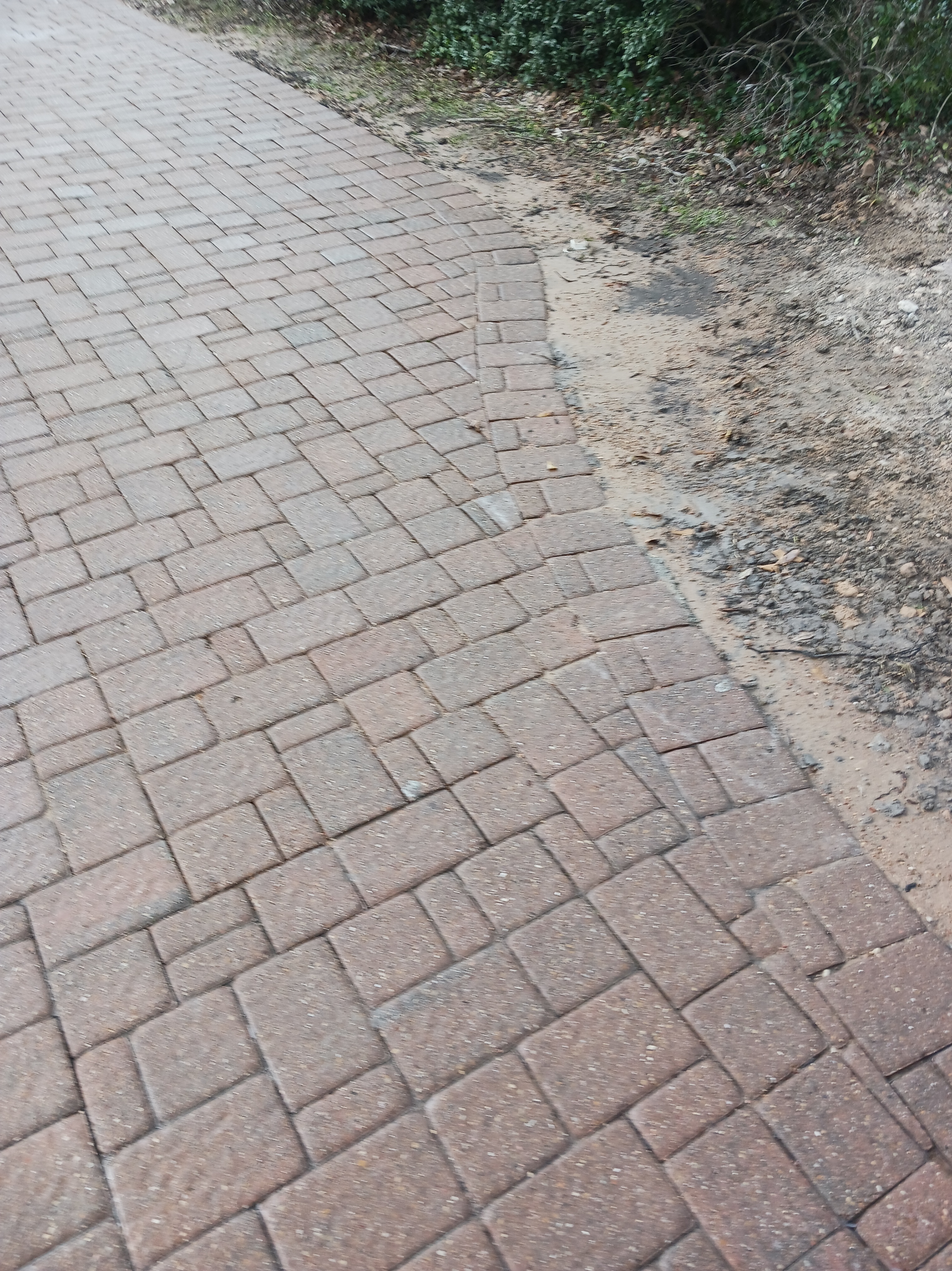
Leave a Reply